

For most of us Augmented Reality (often abbreviated to AR) conjures up visions of Pokemon Go (what a summer that was, eh?) and Google Glass, in experiencing virtual 'layers' augmenting real life. But having just tried a new pair of AR glasses featuring Lumus’ 2D Wave Guide technology – you can forget all of that.
Lumus specialises in developing AR optics that don’t make you look like a 'Glasshole' (cough, sorry). In fact the Lumus Z Lens, which is what I tested out, make you look more like Buddy Holly. Featuring a tiny projector built into the arm and ultra-thin lenses, the unobtrusive nature of the tech changes the way you see the world, offering 50 degrees of vision.
Although I don't wear glasses, Lumus’ lenses can still be ultra-thin even if you need a prescription – they directly bond onto the Wave Guides, the only AR lenses that do so. While Lumus is a supplier and doesn’t sell to the public, expect to see the next generation of AR technology featuring the company's work – perhaps as soon as late 2024 or early 2025.
Crystal clear

While their discreet appearance is a big draw, what most impressed me about Lumus’ technology was the image quality. I was able to read small text with absolutely no difficulty and when shown images, one a photo of the Cookie Monster, I could see each individual strand of his fur, and there was no rainbow effect as often found on such glasses.
Honestly I have always thought of AR as a gimmick – and a colleague pondered whether we're ready for the tech, after seeing it in abundance at a major mobile phone trade show – but even after just a short time with them, Lumus’ lenses feel different.
One of the biggest issues of, say, Google Glass – RIP, the since-discontinued product was the ultimate precursor to AR's existence kicking off – was the difficulty using it outdoors. By comparison the Z Lens’ display can go from dull to exceptionally bright to suit outside – whatever the weather.
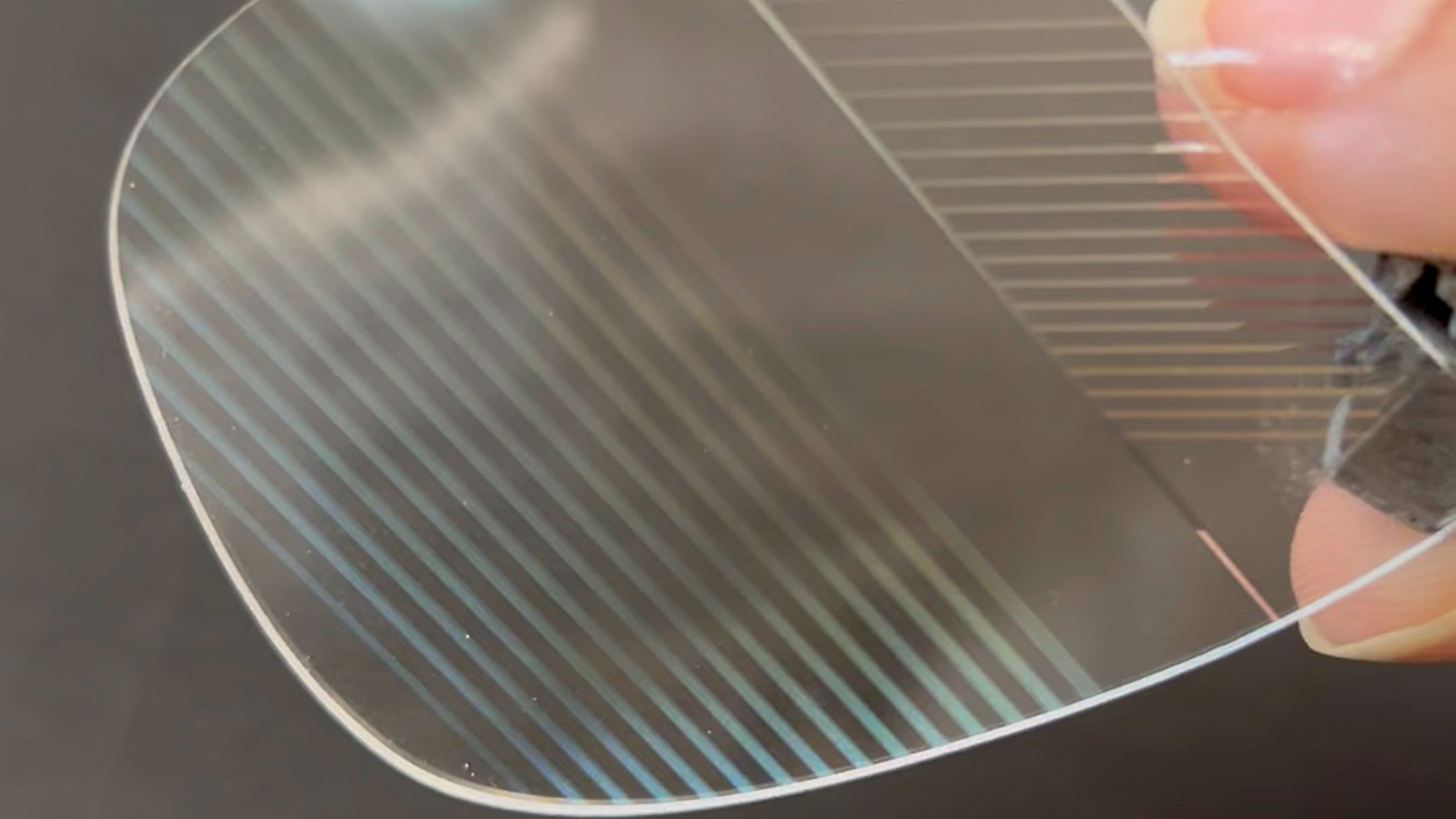
Similarly, the glasses I used were much lighter weight than the likes of Microsoft’s HoloLens (another victim of the consumer AR game, discontinued in 2021).
Sign up to the T3 newsletter for smarter living straight to your inbox
Get all the latest news, reviews, deals and buying guides on gorgeous tech, home and active products from the T3 experts
While Snap’s AR glasses, the aptly named Spectacles by Snap, only feature a 30-minute battery life, but I was assured by David Goldman, Lumus’ VP Marketing, that the Z Lens display would feature around 4-to-6 hours of battery life, depending on how the technology was implemented by its clients. If this is the case, and given the discreet design, I could see the lenses actually having practical value.
I was then shown a video of an animated airship and its interior and the video was smooth and detailed. Trying to have a conversation with such distractions was difficult; I felt like I was hallucinating. But this was further proof for me that the optical augmented reality of the Lumus Z Lens is the way to go.
If I’m ever going to get into VR/AR, it needs not to cramp my style, and Lumus seems to be at the forefront of that. It's not the only company in the game, though, with a T3 colleague recently testing out the Rokid Max. So the future of AR certainly looks to be strong and competitive – and I'm excited for it.

Andy was T3's Tech Staff Writer, covering all things technology, including his biggest passions such as gaming. If he had to save one possession from a fire it would be his PlayStation 5. He previously worked for Tom’s Guide – where he got paid to play with ChatGPT everyday. When it comes to streaming, Andy will have his headphones glued in whilst watching something that will make him laugh. He studied Creative Writing at university, but also enjoys supporting his favourite football team (Liverpool), watching F1, teaching himself guitar, and spending time with his dog.
-
 3 overrated shoulder exercises, according to a fitness expert (and what to do instead)
3 overrated shoulder exercises, according to a fitness expert (and what to do instead)Sculpt 3D shoulders whilst minimising injury with these three alternative exercises
By Bryony Firth-Bernard Published
-
 Polar’s new subscription feature lands in the shadow of Garmin’s Connect+ rollout
Polar’s new subscription feature lands in the shadow of Garmin’s Connect+ rolloutPR genius or timing disaster? Polar’s new Fitness Programme adds adaptive training to its ecosystem
By Matt Kollat Published
-
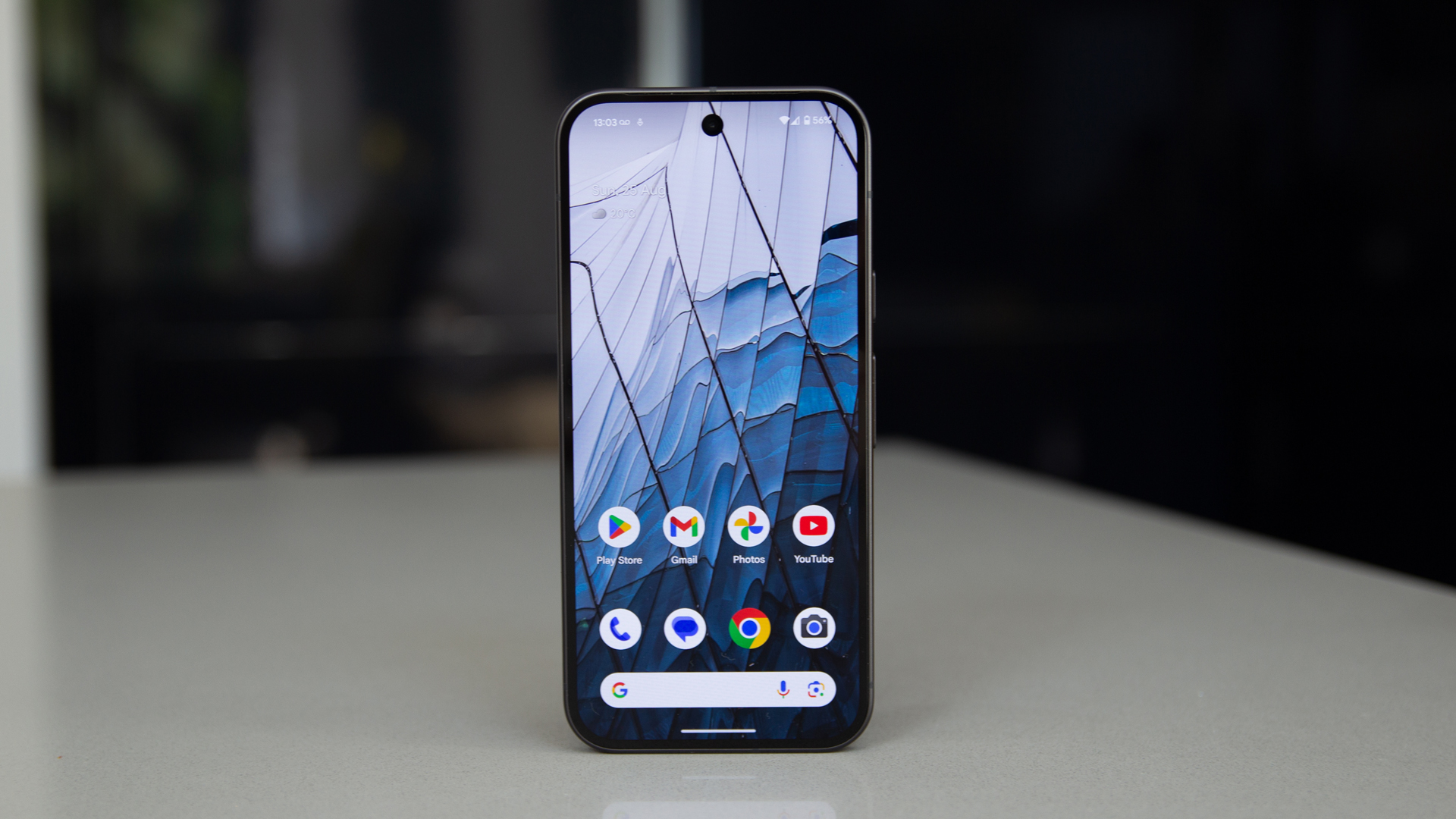 New Google Messages feature will make millions very happy
New Google Messages feature will make millions very happyIt's going to end a serious messaging blight
By Sam Cross Published
-
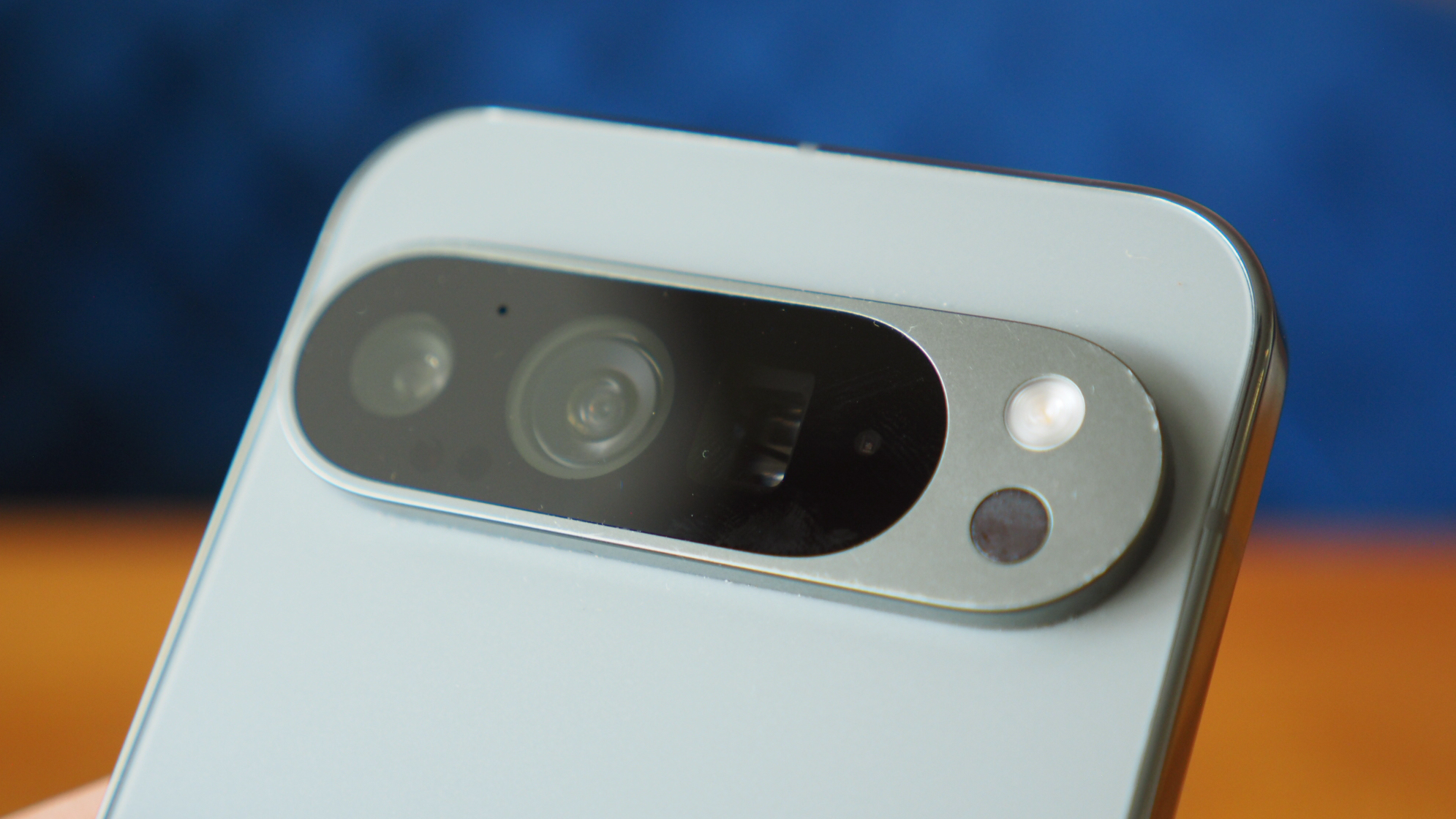 In an age of exciting upgrades, Google could downgrade the Pixel 10 instead
In an age of exciting upgrades, Google could downgrade the Pixel 10 insteadThere’s a change coming to the Pixel cameras and it could cause a stir
By Chris Hall Published
-
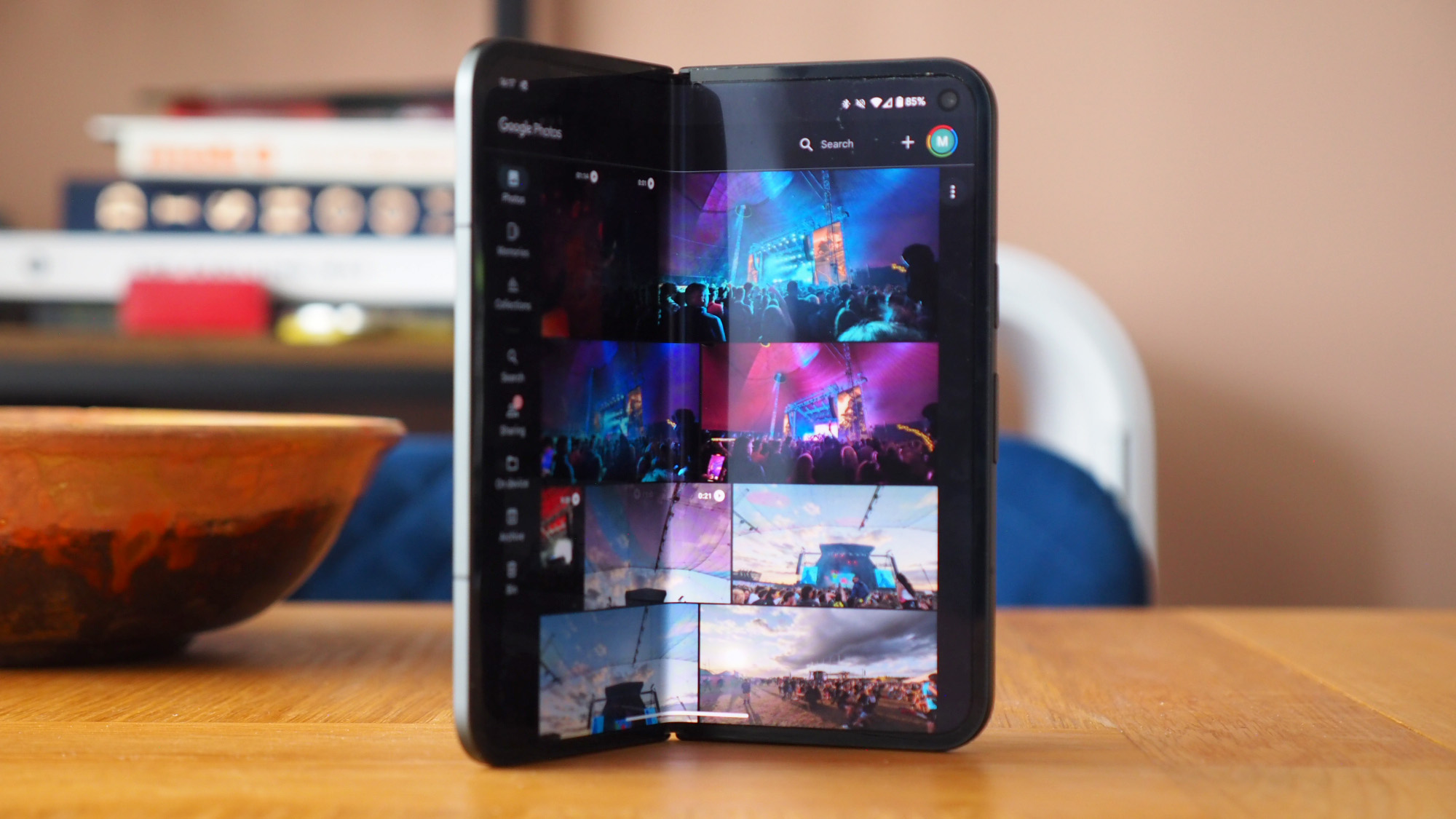 Google Pixel 10 Pro Fold renders show an early contender for foldable of the year
Google Pixel 10 Pro Fold renders show an early contender for foldable of the yearEven though it might not be the slimmest, it could be the sexiest
By Britta O'Boyle Published
-
 Google TV set for a shake up that might have you feeling blue
Google TV set for a shake up that might have you feeling blueA redesign is reportedly coming to Google TV, with a new colour scheme and features
By Rik Henderson Published
-
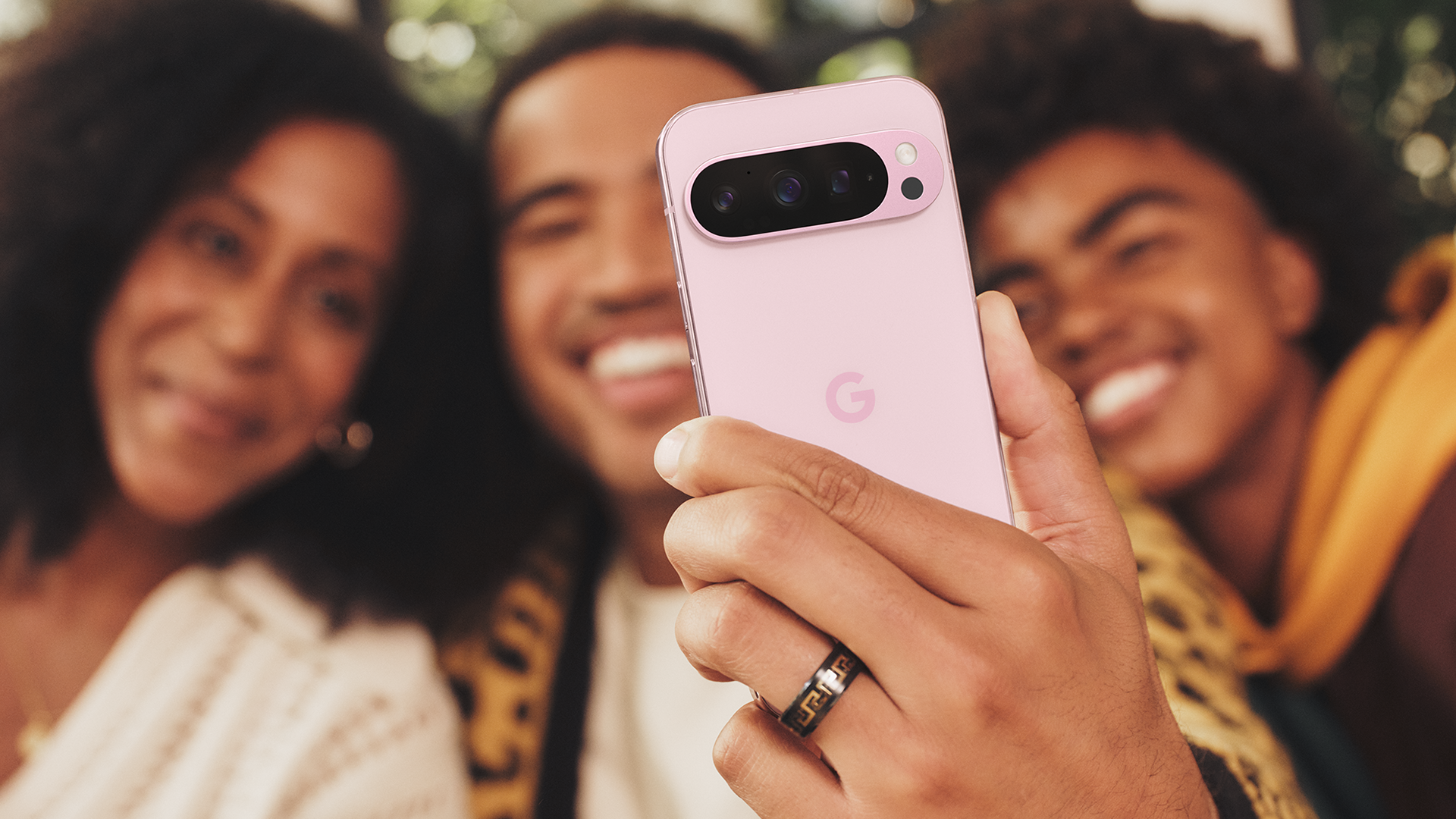 Android 16 to come with a significant security upgrade for Pixel phones
Android 16 to come with a significant security upgrade for Pixel phonesIt’s going to be easier to unlock your Pixel phone in the future
By Chris Hall Published
-
 Google Pixel 9a delayed, but for good reason
Google Pixel 9a delayed, but for good reasonGoogle’s latest affordable phone has been announced, but you can’t actually buy it yet
By Chris Hall Published
-
 Google's Pixel 9a does one simple thing that could tempt me away from iPhones after a decade
Google's Pixel 9a does one simple thing that could tempt me away from iPhones after a decadeGoogle's played a blinder here
By Max Freeman-Mills Published
-
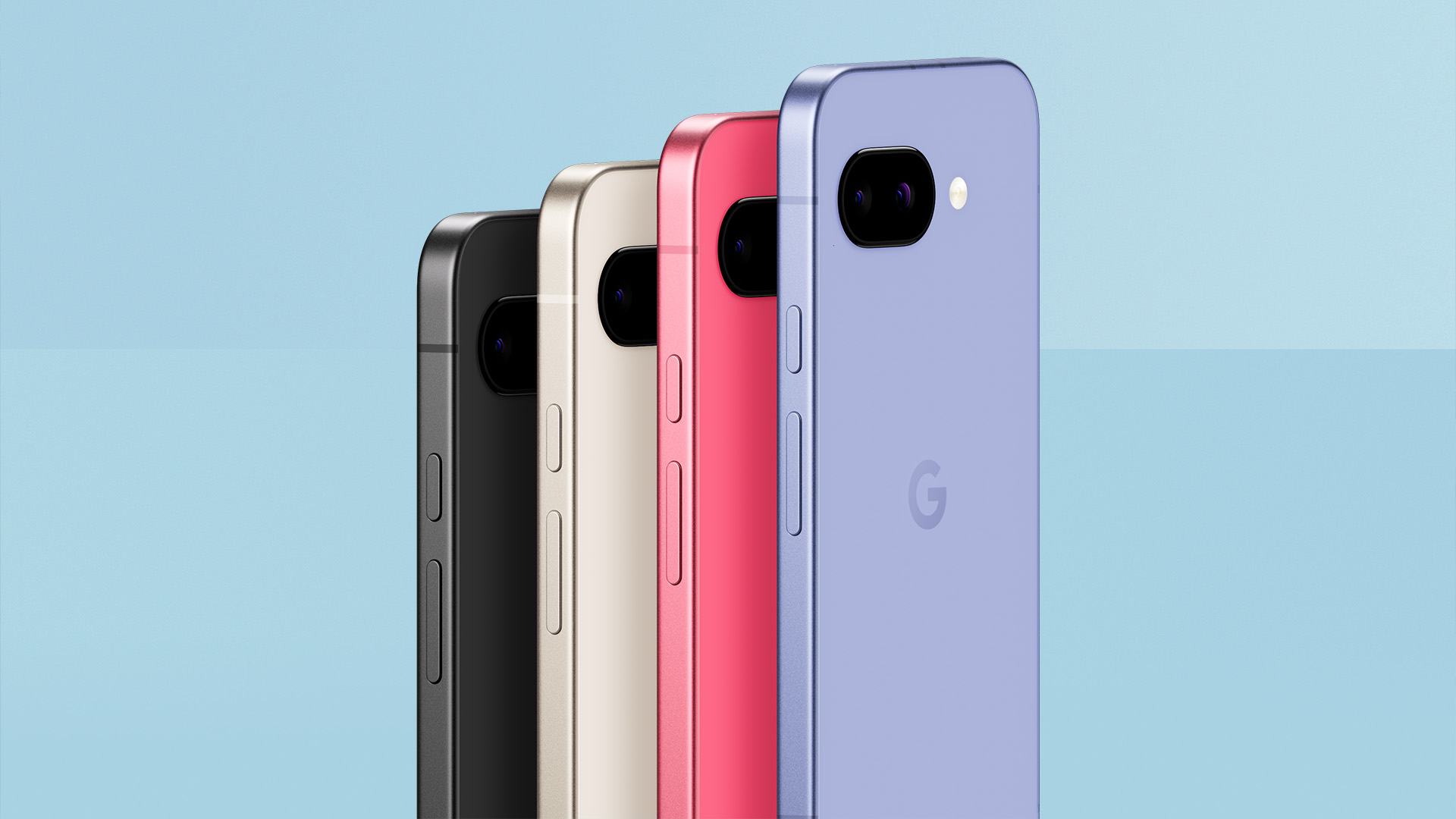 Google's new phone makes one huge, unexpected change
Google's new phone makes one huge, unexpected changeThe Pixel 9a is flat – that's big!
By Max Freeman-Mills Published